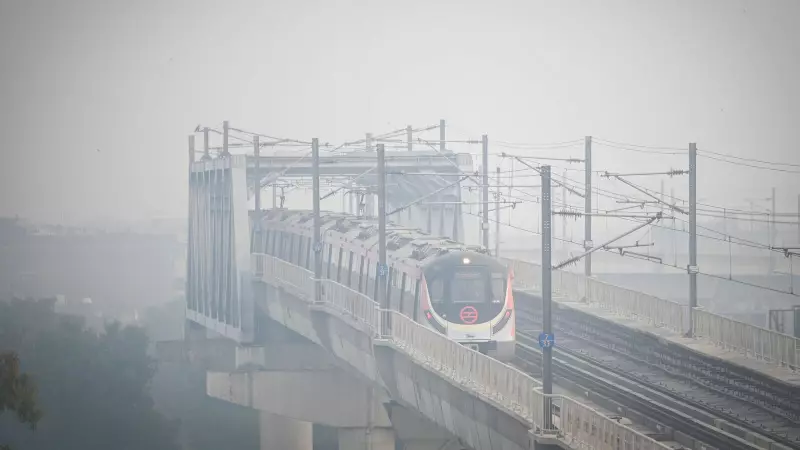
Delhi woke up to a toxic blanket of smog the morning after Diwali, with air quality deteriorating to its worst levels in four years. The capital's Air Quality Index (AQI) plunged into the 'severe' category, creating hazardous breathing conditions for millions of residents.
The Alarming Numbers
Monitoring stations across Delhi recorded AQI values exceeding 450 in multiple locations, with some areas touching the 500-mark. The concentration of PM2.5 - dangerous microscopic particles that can enter the bloodstream - reached 30-40 times the World Health Organization's safe limits.
Multiple Factors Behind the Crisis
Several elements combined to create this perfect storm of pollution:
- Firecracker emissions from Diwali celebrations
- Stubble burning in neighbouring Punjab and Haryana
- Vehicle pollution and industrial emissions
- Unfavourable weather conditions preventing pollutant dispersion
Political Blame Game Intensifies
The crisis has triggered fresh political confrontations, with the Delhi government blaming Punjab's stubble burning while opposition parties point to the failure of pollution control measures in the capital. The Aam Aadmi Party, which governs both Delhi and Punjab, faces criticism from environmental activists and political opponents alike.
Health Advisory Issued
Medical experts have issued urgent health warnings, particularly for children, elderly residents, and those with pre-existing respiratory conditions. Doctors recommend:
- Avoiding outdoor physical activities
- Wearing N95 masks when going outside
- Using air purifiers indoors
- Keeping windows closed during peak pollution hours
The Graded Response Action Plan (GRAP) measures have been implemented, but residents continue to grapple with the immediate health impacts of the severe air quality crisis.





